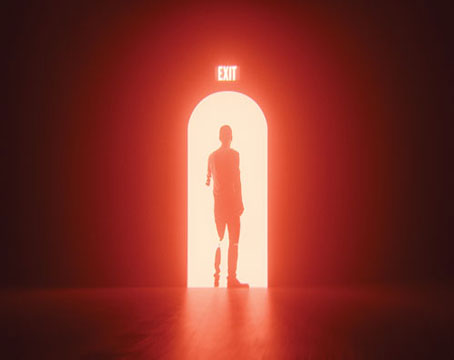 |
A few decades ago, philosopher and political commentator Francis Fukujama wrote a book with this title and posited that the socioeconomic progression of humankind had reached an endpoint.
He argued that we had evolved to the most optimal and ideal geopolitical and economic structure. Western liberal democracy with the fall of the Soviet Union, had proved itself ascendent and there was no need to look further for a more perfect state. Even at the time, it was a highly suspect point of view and clearly, we’re not in a state of nirvana. But it did stimulate a discussion of whether we could ever get somewhere so good we didn’t need to or couldn’t improve on the status quo.
Humans have this hardwired need to do better, to improve. We must hone the world around us, ourselves, our WiFi reception. The status quo is never a desirable state of being, and that’s one of the nicest things I could say about our species. I suppose this doesn’t apply to everyone, though at some level it should. Not everyone wants to save the world, cure cancer, wipe out hunger, etc. But in our own little ways, in our own small existences, we should never be completely satisfied with our situation. Appreciate what we have, sure. Rest on our laurels, not so much.
So, it occurred to me recently while teaching new senior residents cataract surgery, that we’ve reached a status quo, “the end of the internet,” so to speak, as in what was previously felt to be limitless does indeed have an endpoint—at least at this moment.
I remember vividly the onslaught of new phaco technology, and of new nucleo-fractis techniques. Divide and conquer, stop and chop, vertical, horizontal, phaco flip. New instruments every week named for all our favorite surgeons as a legacy to the profession. And there were new courses to teach all these techniques, filling the schedules of conferences.
As I walked my residents through the progression of current phaco techniques I realized I had nothing new to teach them—nothing new to me, anyway. Innovations in intraocular lenses, sure, but removing the lens, no. And while it’s possible I’ve missed some exciting and innovative milestone, I’m pretty sure I haven’t. So, the question popped up, have we reached the best we can do? Has innovation stopped? For cataracts anyway, potential new technology is prevention, not extraction. And while topical medications to prevent or reverse lenticular oxidation may be on the horizon, there will still be cataracts to be done for decades to come.
I suppose I should be glad that I don’t have to learn a new surgical technique and that perhaps what we have is indeed ideal. But I find that thought unsettling. Or perhaps, it’s that we have settled—maybe for good enough, because what we have is pretty good. However, my DNA isn’t letting me accept this. I still hope someone will share a better way to remove the nucleus: Less invasive, less variable, more reproducible and more efficient. We’ve learned that even small tweaks can make a huge difference over a large number of surgeries. And it would be nice to achieve these advancements, not only through the use of new high-tech and high-expense innovations, but with surgeon-driven technique changes. We’ve already made many attempts to bankrupt the health-care system with interesting and often impressive industry-generated technologies. That said, I welcome all efforts to move my favorite procedure forward.
In 1889, Charles Duell, the head of the U.S. Patent Office declared that everything that could be invented had been and he was going to close the office. There had been an era of great advancements that was followed by a period of relative quiet. He couldn’t see what lay ahead. And at the moment, for cataract extraction anyway, neither can I. But that doesn’t mean it won’t occur. It doesn’t mean it shouldn’t occur. At least for now I suppose I can glide a bit and bask in the thought that what I’ll teach this year’s seniors will be useful to them for perhaps a little bit longer than my training was with a cryo probe.
Dr. Blecher is an attending surgeon at Wills Eye Hospital.






